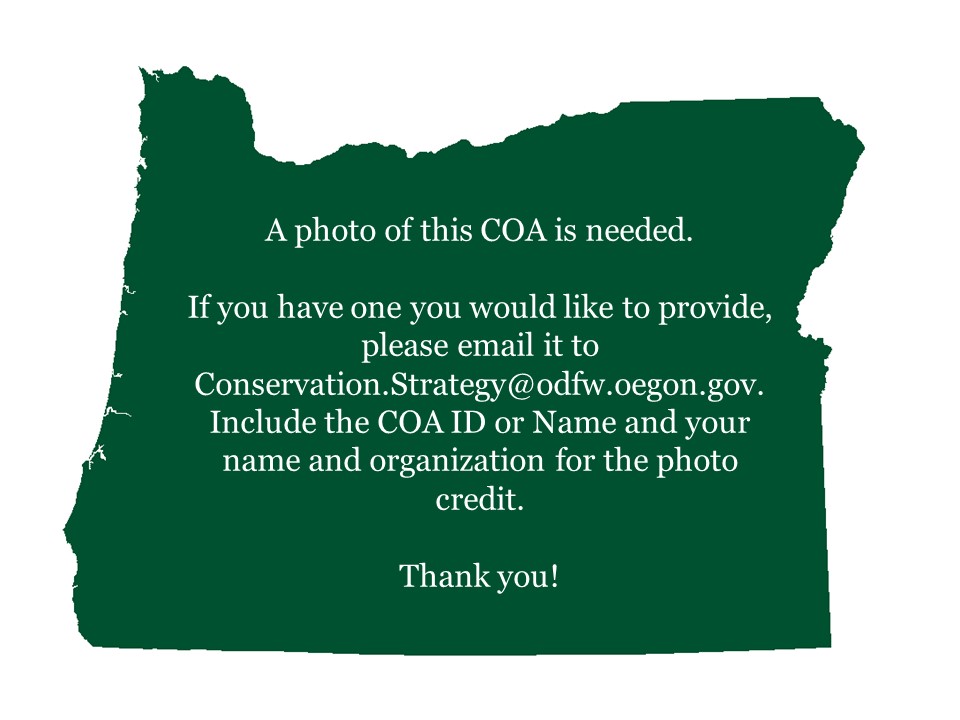
This area contains federal lands intermixed with private ownership in a checkerboard matrix. Habitat is diverse inlcuding mature conifer forests, open early seral habitat created by logging, and oak woodlands. The area may serve as a possible movement corridor connecting the introduced southern Cascade Pacific Fisher population to the native Northern California/Southern Oregon population.
COA ID: 095
Ecoregions
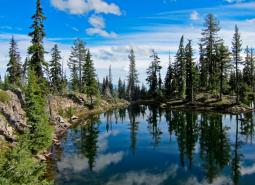
Klamath Mountains
The Klamath Mountains ecoregion covers much of southwestern Oregon, including the Umpqua Mountains, Siskiyou Mountains, and interior valleys and foothills between these and the Cascade Range. The Rogue watershed has the largest population of any coastal watershed in Oregon (Jackson County, Josephine County, and a portion of Curry County). Several popular and scenic rivers run …
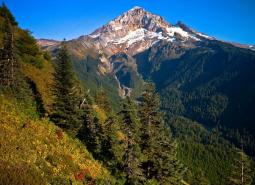
West Cascades
The West Cascades ecoregion extends from east of the Cascade Mountains summit to the foothills of the Willamette, Umpqua, and Rogue Valleys, and spans the entire length of the state of Oregon. It is largely dominated by conifer forests, moving into alpine parklands and dwarf shrubs at higher elevations.
Strategy Habitats
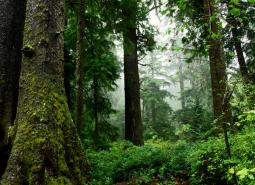
Late Successional Mixed Conifer Forests
Late successional mixed conifer forests provide a multi-layered tree canopy, including large-diameter trees, shade-tolerant tree species in the understory, and a high volume of dead wood, such as snags and logs.

Oak Woodlands
Oak woodlands are characterized by an open canopy dominated by Oregon white oak.
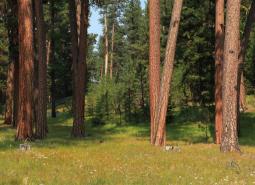
Ponderosa Pine Woodlands
Ponderosa pine woodlands are dominated by ponderosa pine, but may also have lodgepole pine, western juniper, aspen, western larch, grand fir, Douglas-fir, mountain mahogany, incense cedar, sugar pine, or white fir, depending on ecoregion and site conditions. Their understories are variable combinations of shrubs, herbaceous plants, and grasses.
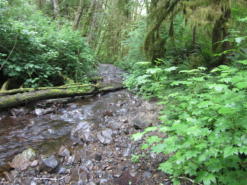
Flowing Water and Riparian Habitats
Flowing Water and Riparian Habitats include all naturally occurring flowing freshwater streams and rivers throughout Oregon as well as the adjacent riparian habitat.
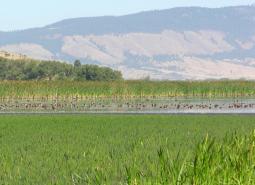
Wetlands
Wetlands are covered with water during all or part of the year. Permanently wet habitats include backwater sloughs, oxbow lakes, and marshes, while seasonally wet habitats include seasonal ponds, vernal pools, and wet prairies.
Strategy Species

California Mountain Kingsnake (Observed)
Lampropeltis zonata
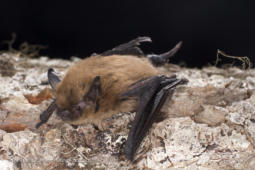
California Myotis (Observed)
Myotis californicus

Cascades Frog (Modeled Habitat)
Rana cascadae
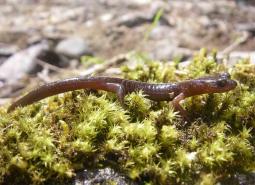
Clouded Salamander (Observed)
Aneides ferreus
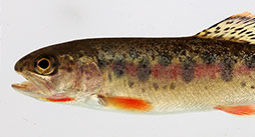
Coastal Cutthroat Trout (Documented)
Oncorhynchus clarki clarki
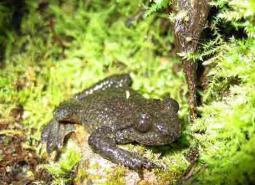
Coastal Tailed Frog (Observed)
Ascaphus truei
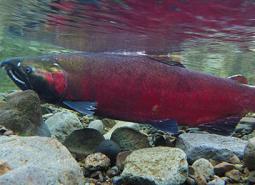
Coho Salmon (Documented)
Oncorhynchus kisutch
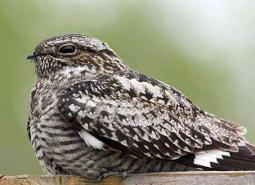
Common Nighthawk (Observed)
Chordeiles minor
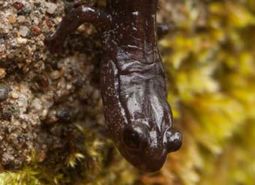
Del Norte Salamander (Observed)
Plethodon elongatus
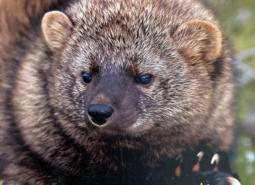
Fisher (Observed)
Pekania pennanti
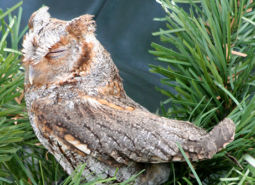
Flammulated Owl (Observed)
Psiloscops flammeolus
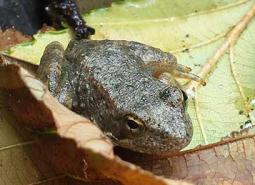
Foothill Yellow-legged Frog (Observed)
Rana boylii
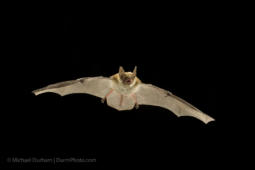
Fringed Myotis (Observed)
Myotis thysanodes
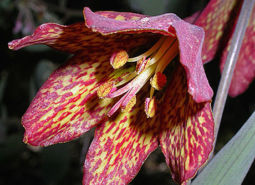
Gentner’s Fritillary (Observed)
Fritillaria gentneri
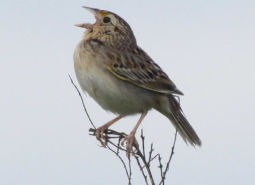
Grasshopper Sparrow (Modeled Habitat)
Ammodramus savannarum perpallidus
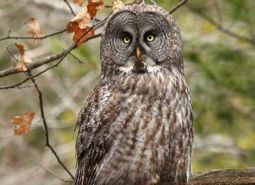
Great Gray Owl (Observed)
Strix nebulosa
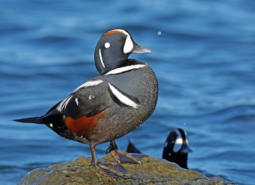
Harlequin Duck (Modeled Habitat)
Histrionicus histrionicus
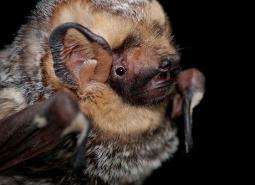
Hoary Bat (Observed)
Lasiurus cinereus
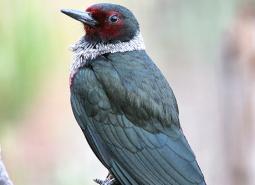
Lewis’s Woodpecker (Observed)
Melanerpes lewis
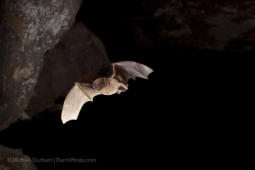
Long-legged Myotis (Observed)
Myotis volans
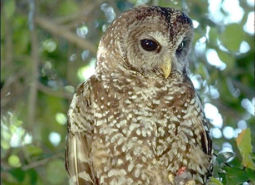
Northern Spotted Owl (Observed)
Strix occidentalis caurina
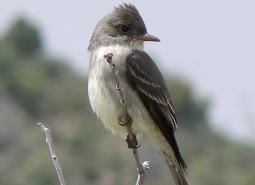
Olive-sided Flycatcher (Modeled Habitat)
Contopus cooperi

Oregon Shoulderband (Observed)
Helminthoglypta hertleini
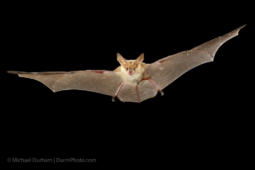
Pallid Bat (Modeled Habitat)
Antrozous pallidus
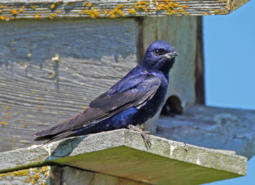
Purple Martin (Observed)
Progne subis arboricola

Red Tree Vole (Observed)
Arborimus longicaudus
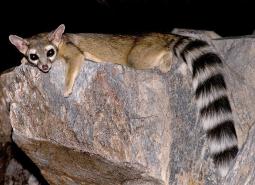
Ringtail (Observed)
Bassariscus astutus
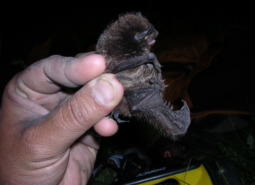
Silver-haired Bat (Observed)
Lasionycteris noctivagans
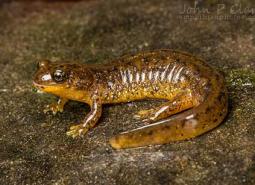
Southern Torrent Salamander (Modeled Habitat)
Rhyacotriton variegatus
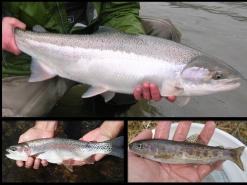
Steelhead / Rainbow / Redband Trout (Documented)
Oncorhynchus mykiss ssp
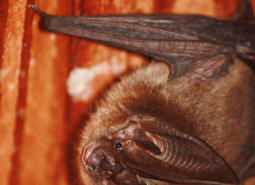
Townsend’s Big-eared Bat (Observed)
Corynorhinus townsendii

Northwestern Pond Turtle (Observed)
Actinemys marmorata
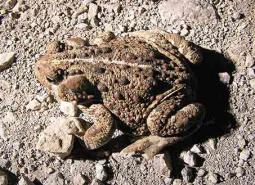
Western Toad (Observed)
Anaxyrus boreas
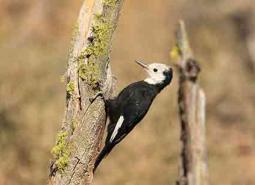
White-headed Woodpecker (Modeled Habitat)
Picoides albolarvatus
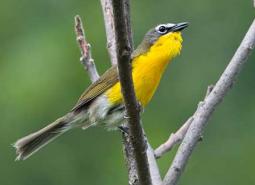
Yellow-breasted Chat (Observed)
Icteria virens auricollis